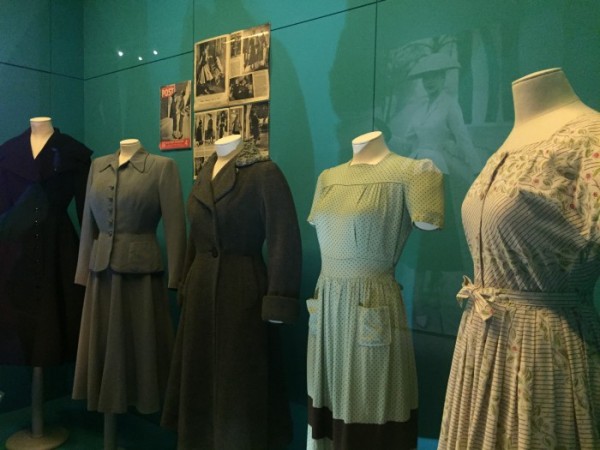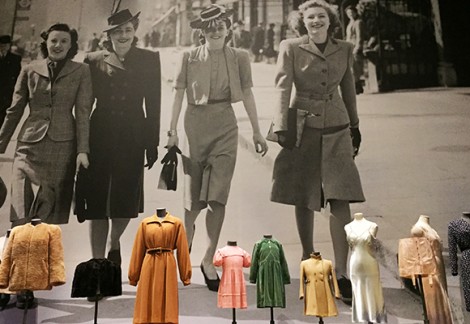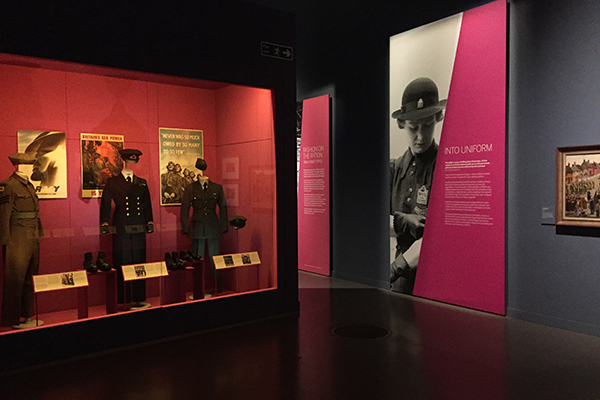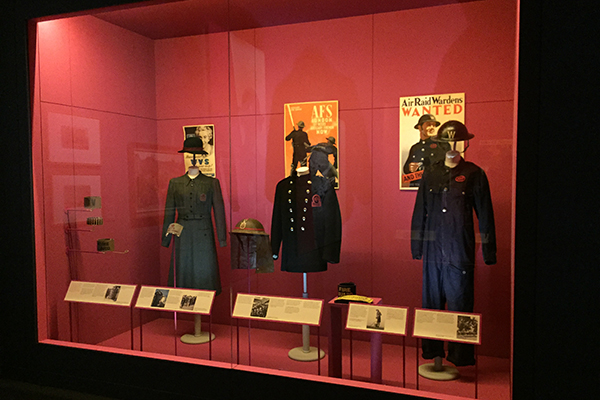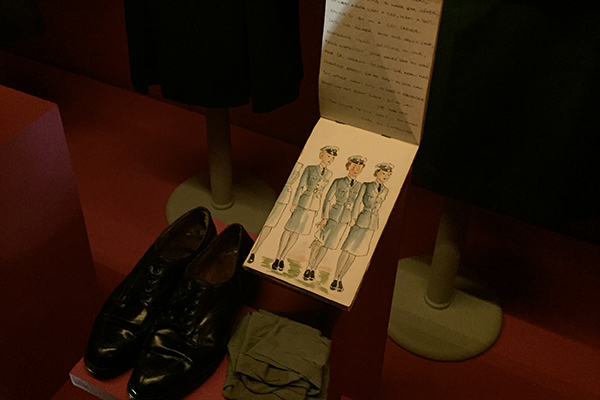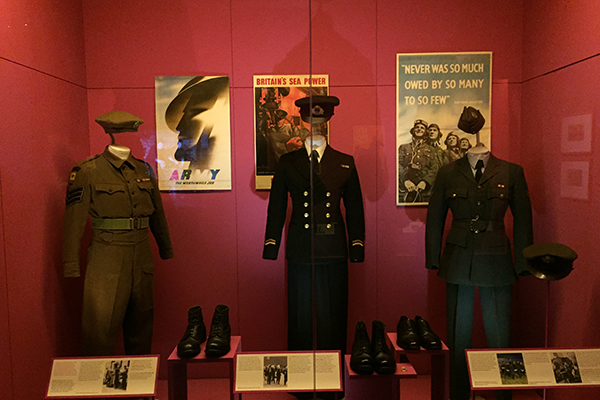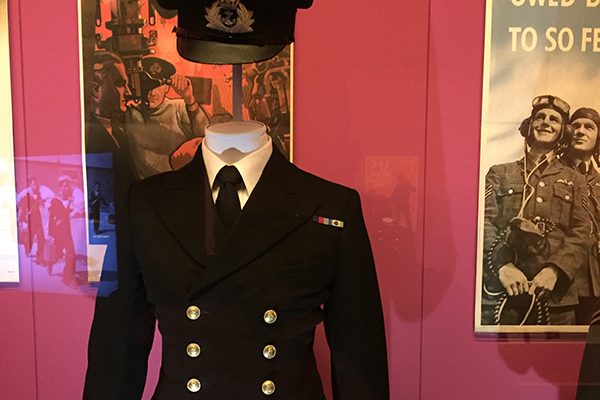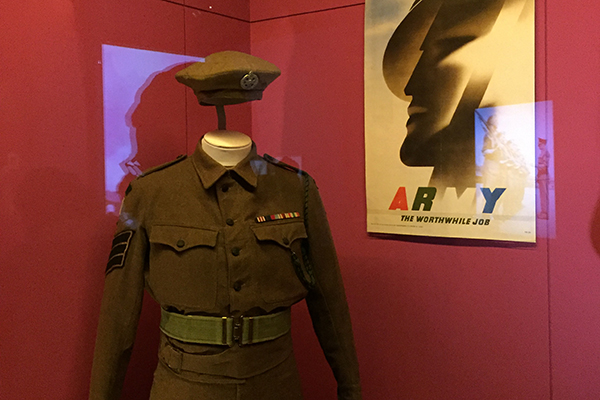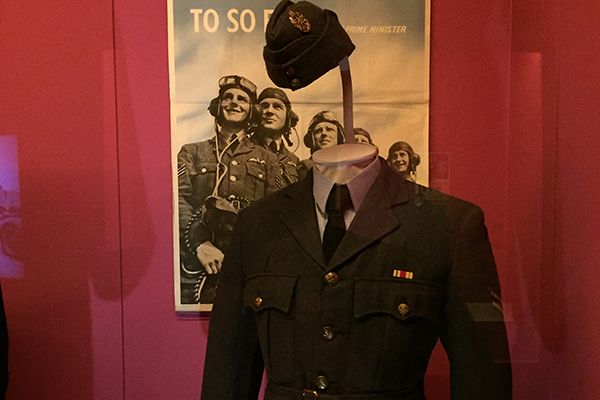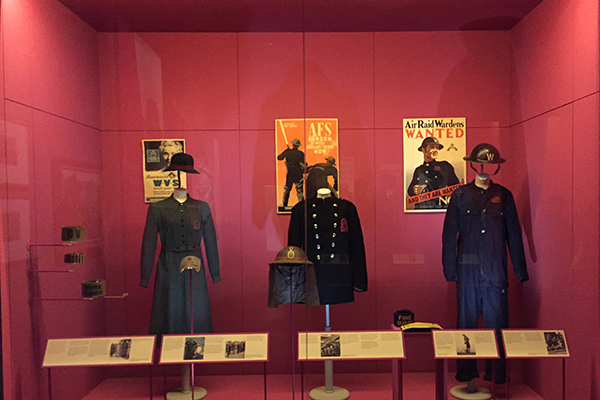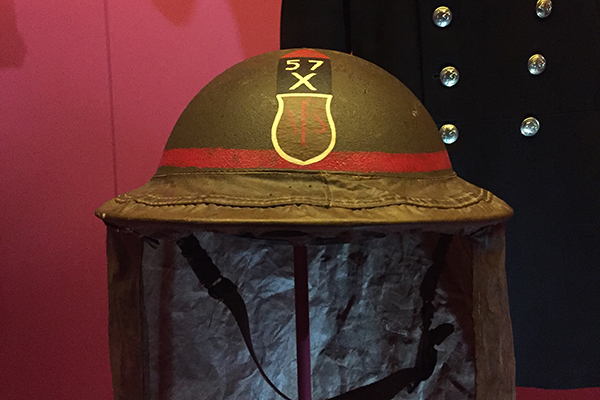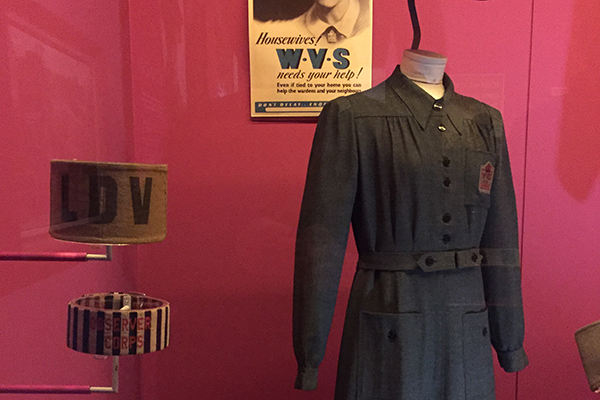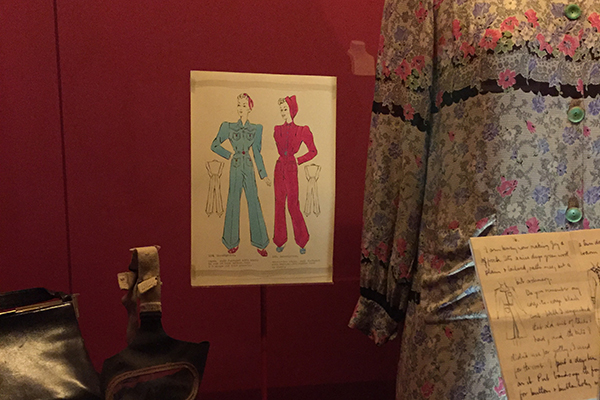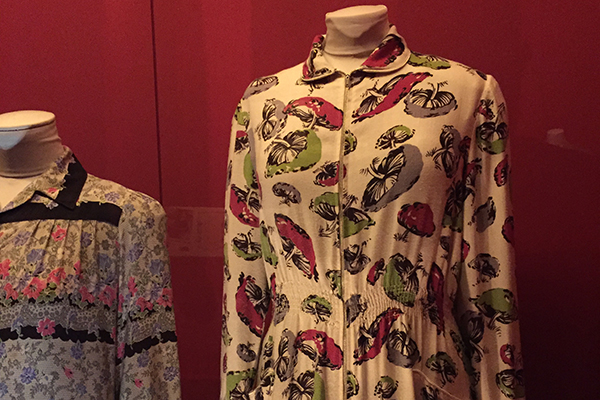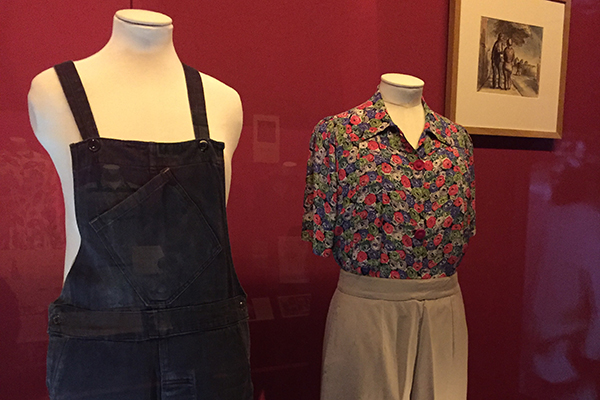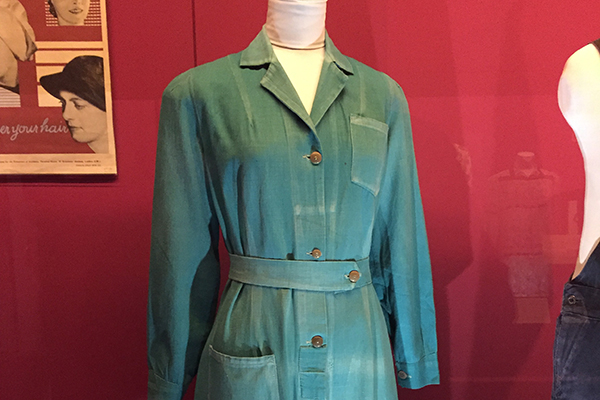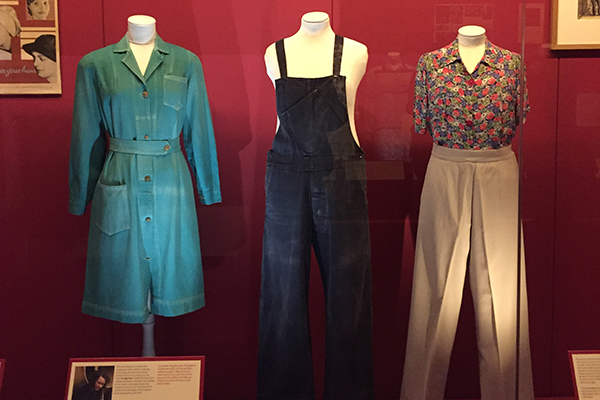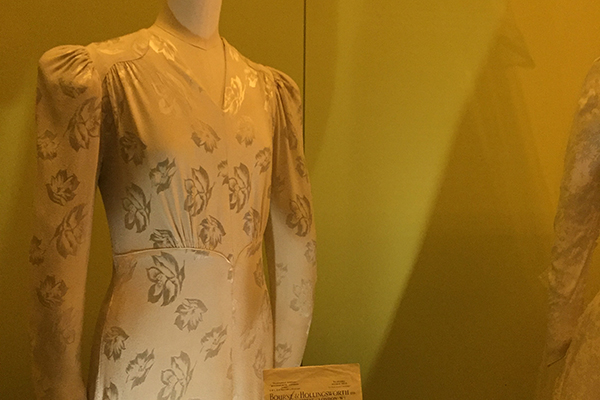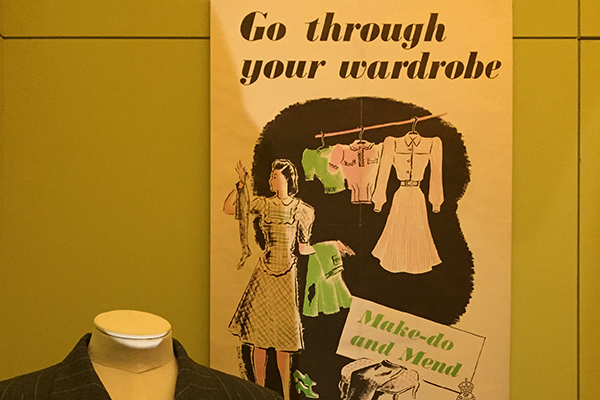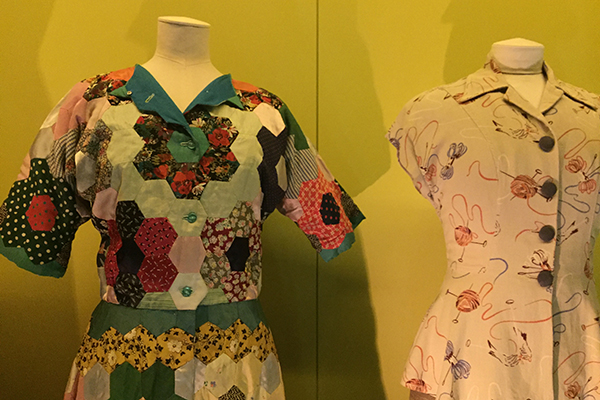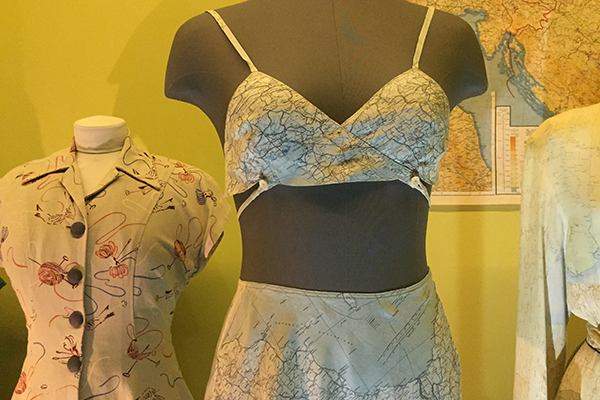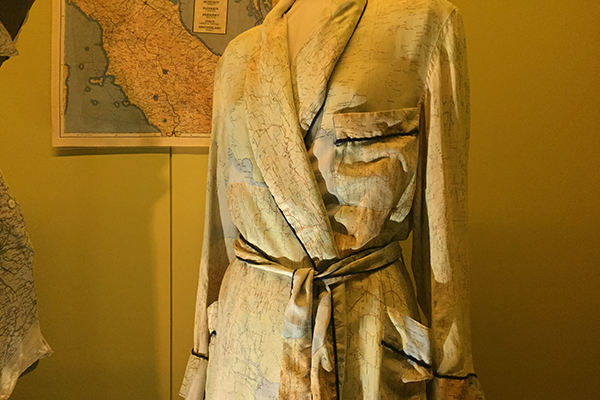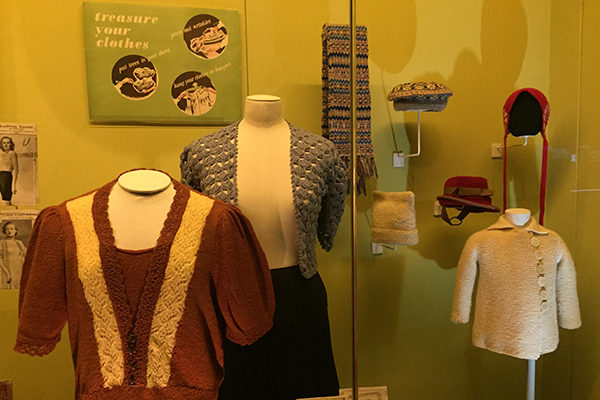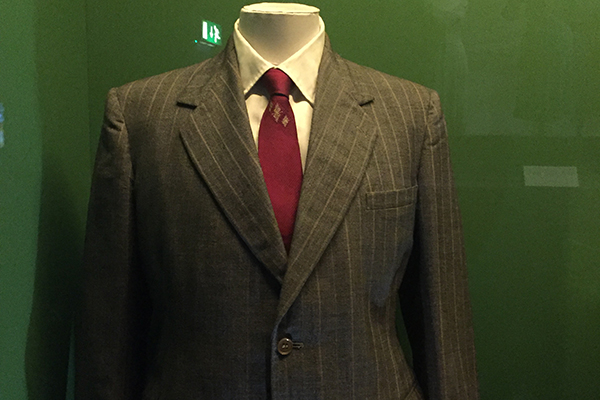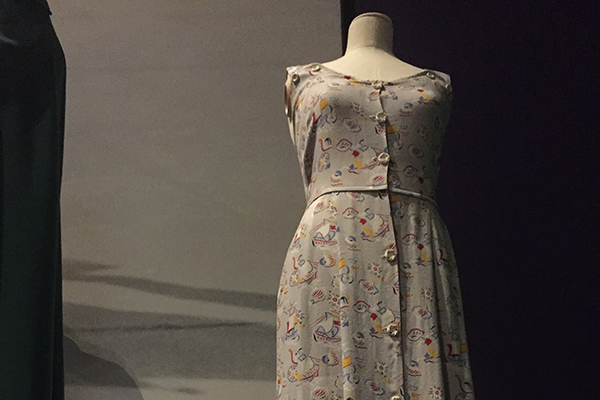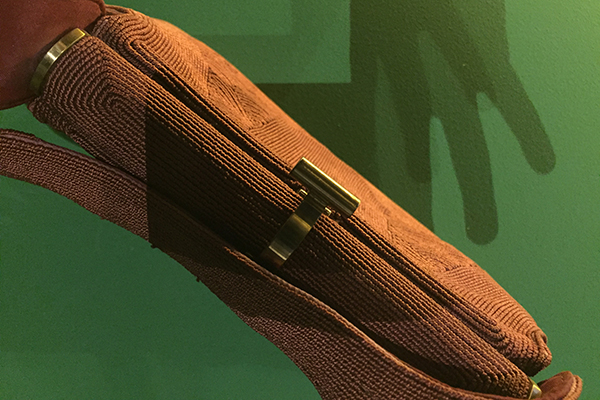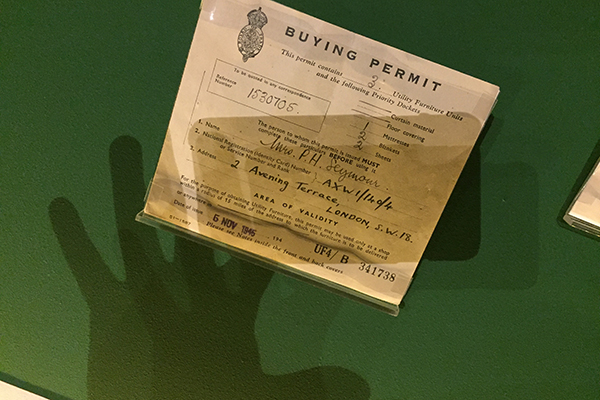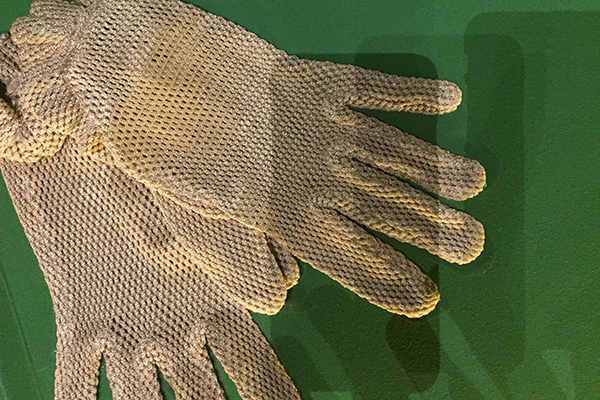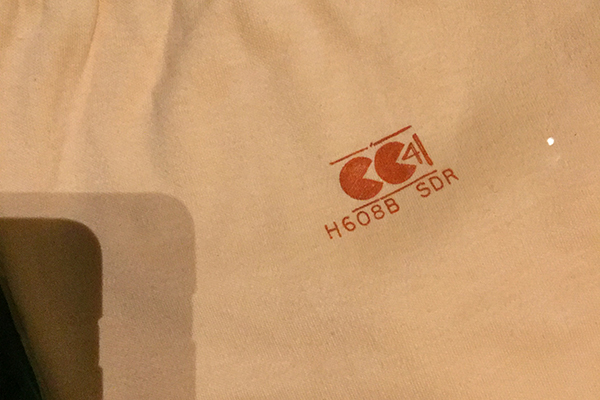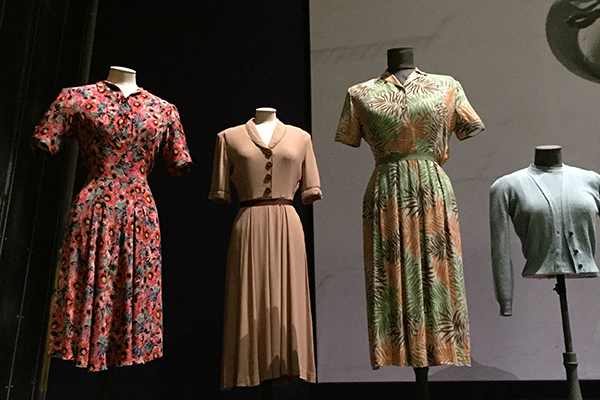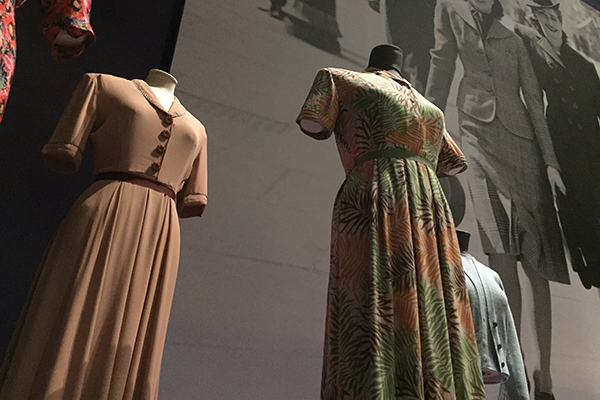We didn’t make it to Fashion on the Ration when it premiered at the Imperial War Museum, so we were delighted when it was announced that the exhibition would tour to the museum’s northern sister mid-last year. Fashion on the Ration documents how fashion and style survived (and flourished) during World War II. We went to see the exhibition this weekend, here’s our round-up:
Uniform as Fashion
The exhibition begins with an exploration of the era’s uniforms, led by a quote from diarist Vere Hodgson. It reads
‘Piccadilly is such a thrilling place these days. All the uniforms of the nations jostle you on the pavement… girls too in their service uniforms by the hundred’
The most dominant fixture of fashion throughout the Wartime years was undoubtedly the normalisation of uniforms. As well as the armed forces and women’s auxiliary services, countless other uniforms were worn, from uniformed voluntary services to medical personnel. Around a quarter of the British population at that time wore a uniform in some way or another – even if it only consisted of a significant armband or tin helmet. Uniforms were also helpful to break down divisions in class.
The influx of military personnel from overseas gave the streets a cosmopolitan air. American uniforms were often smarter and made from more luxurious fabrics; this caused both admiration and resentment.
The design of uniforms also helped recruit volunteers. The Women’s Royal Naval Service uniform, for example, was much admired, no doubt helping the recruitment effort. Women also adopted military trends into their own wardrobes, wearing hats and tailored suits inspired by uniform.
Functional Fashion
For men and women not in uniform, practical implications also changed how they dressed. It became increasingly important for clothes to be functional as well as stylish. Clothing manufacturers were quick to seize the commercial potential of the War. Key events led to key business opportunities: when the government advice was to ‘wear something white’, stores quickly stocked a range of luminous garments. Handbags with gas mask compartments were manufactured. The ‘siren suit’ was designed as suitable air raid shelter attire.
The demands of wartime life meant that practical clothes, such as housecoats and overalls, were worn purchased and worn regularly in order to protect fashionable clothes. This led to functional fashion trends – women wearing trousers, for example.
Make Do and Mend
As new clothes became scarce or rationed, the ‘make do and mend’ pamphlet was released by the Ministry of Information in the midst of World War II. It encouraged housewives to frugal (and stylish) in austere times by providing clothing care tips and design ideas. Some of the results on display wouldn’t look uncomfortable on the catwalks of London Fashion Week, from silk ‘escape maps’ reimagined as bikinis to patchwork trousers and tops.
Utility Clothing and CC41
Utility clothing has long been a source of inspiration here at Field Grey, both in principal and by design. The first utility clothing went on sale in 1941, with Vogue heralding the advent of the designs in October of that year.
The garments were manufactured from a limited range of controlled fabrics, with prices regulated to ensure they were affordable for all. The CC41 (‘Controlled Commodity 1941) official logo was born.
The scheme standardised the production of materials and addressed the problems of clothes rationing, so every type of clothing item had the same points value regardless of quality. Wealthier shoppers could afford to buy quality clothes that would last long, while the less salubrious had to use the same number of coupons for a garment that may last half the length of time.
As with any fashion period or subculture, there was much distaste with the notion of ‘standardised’ clothing, so the government brought in leading fashion designers to design the prototype Utility range to show that these clothes could be stylish and also varied.
A New Hope
The show closes with a ‘futuristic’ nod to Dior’s New Look and the hopeful optimism of the late-1940s. It’s an unmissable exhibition with countless examples of Wartime fashion; it runs until 1 May 2017. For more information, visit the IWMN website.
